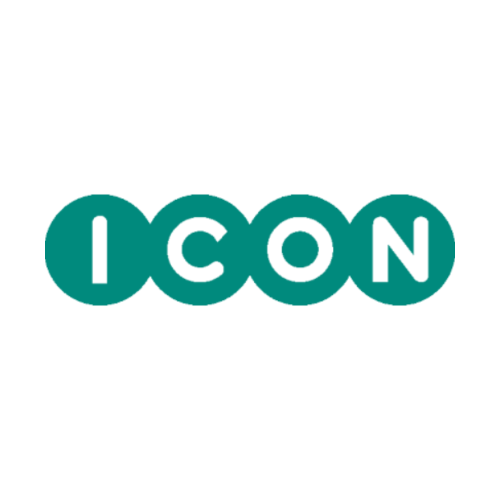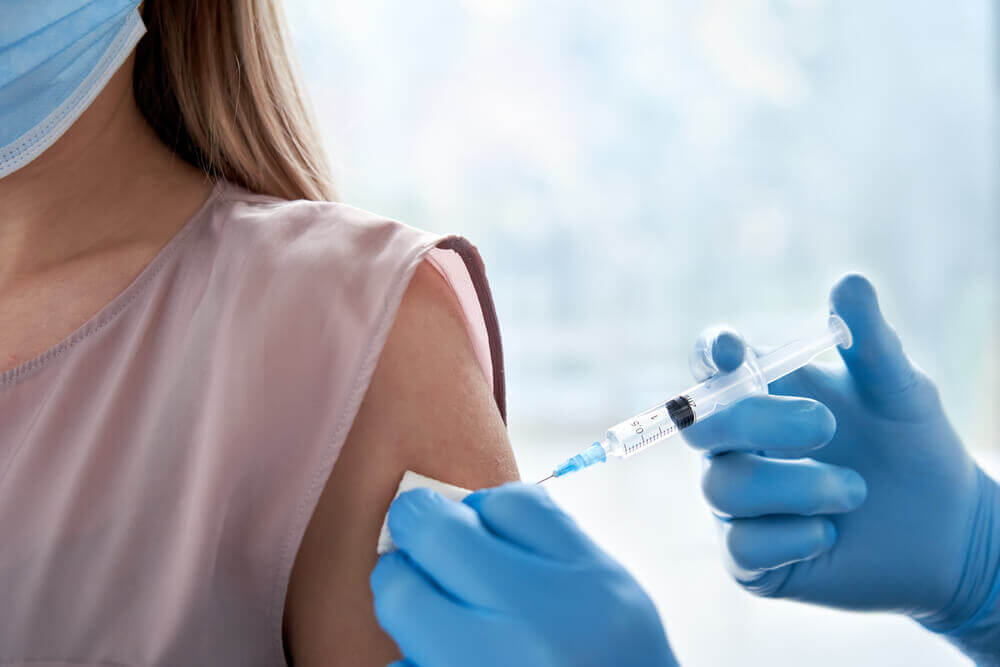
What is the purpose of a pharmacovigilance team in clinical research?

In fact, the recent Covid-19 pandemic has put a spotlight on drug safety, meaning pharmacovigilance is now arguably the most scrutinised aspect of clinical research. Now more than ever, it’s essential that we understand the purpose of the pharmacovigilance team in clinical research.
1: Identify adverse drug effects
The primary purpose of the pharmacovigilance team is to undertake thorough drug testing to identify and better understand the risks associated with taking the studied drug. During the drug development stage, the risk of negative side effects is always present. This is simply the nature of clinical research. So, the pharmacovigilance team's role isn’t just to identify whether risks are present, but also to help the clinical research team understand whether those risks outweigh the benefits.
For example, Minoxidil, a topical treatment for hair loss has a relatively long list of ‘rare’ and ‘less common’ side effects. These include potential inflammation at the root of hairs, acne, swelling and a burning sensation. However, as most side effects are rare and often not severe, this makes Minoxidil a widely used option for those suffering from a loss of hair.
Although pharmacovigilance teams typically conduct their studies during the clinical trial stages, they may also undertake post-market drug safety surveillance. This is because it is typically difficult to understand the full scope of potential risks when used over a short-to-mid-term trial and with a select number of trial participants.

2: Protect consumers
Consumer protection is a key focus of the pharmacovigilance team. Any negative outcomes discovered during their trials will result in a much deeper study, to understand the full extent of those adverse effects. Occasionally this will lead to drugs being deemed unsuitable for use by consumers. On other occasions, it will simply allow drug manufacturers and medical professionals to better explain to consumers the trade-offs associated with using that drug.
Again, there is a balance to be found between the benefits and negatives of treatment. The side effects of a drug created to treat a minor ailment may be deemed unmarketable, whereas a drug for treating a life-threatening illness with the same side effects would be deemed worthy of release.
For example, the use of chemotherapy for cancer treatment is considered a worthwhile option in most cases, even though the side effects can be considered severe. In contrast, if the same side effects were present for a mild pain relief medication, it would be considered unviable.
3: Protect businesses
As well as protecting consumers against the negative impacts of treatment, pharmacovigilance also offers drug and treatment manufacturing businesses protection. It helps businesses better understand the risks involved with the solutions they are creating - ensuring that they can properly communicate these risks or mitigate them in some way, helping to protect them against potential litigation.
Without the adoption of a pharmacovigilance team within clinical research, it’s more likely that a lack of due diligence is found on the part of the manufacturer. This can leave them vulnerable should any issues with their treatments occur. It also ensures that they are compliant with the regulations surrounding their treatment options.
4: Drive future R&D decisions
One of the biggest benefits of utilising a pharmacovigilance team in clinical research is how businesses can drive their findings into future R&D decision-making. Identifying potential risks in treatments offers businesses a clear path of focus. This can either be done by conducting R&D into mitigating these risks or by eliminating them from treatment altogether.
Alternatively, businesses may opt to use R&D to create further drugs that can be used to support the reduction of side effects. For example, it is common for some drug treatments to be taken alongside other drugs to help the patient better deal with side effects.
Move your pharmacovigilance career forward with ICON
There’s no denying that the pharmacovigilance team play a pivotal role in clinical research. Without them, not only would it be impossible for businesses to achieve compliance, but it will also leave them vulnerable to litigation. These teams also play a crucial part in ensuring that consumers are better informed of potential side effects, making it easier to manage their treatments.
If you are looking to start or progress your career in clinical research a role in a pharmacovigilance team may be perfect for you. Check out our latest pharmacovigilance opportunities to find your next role.
Sign up for post alerts
ICON & You
The potential of together.
Careers that improve the lives of patients, our clients and each other. Are you ready to make a difference?
View jobsRelated jobs at ICON
Salary
Location
Brazil, Sao Paulo
Location
Sao Paulo
Remote Working
Remote
Business Area
ICON Strategic Solutions
Job Categories
Drug Safety
Job Type
Permanent
Description
We are currently seeking a Senior Pharmacovigilance Associate to join our diverse and dynamic team. As a Senior Pharmacovigilance Associate at ICON, you will be instrumental in ensuring the safety and
Reference
JR141220
Expiry date
01/01/0001

Author
Simone Chan
Author
Simone ChanSalary
Location
Brazil, Sao Paulo
Location
Sao Paulo
Remote Working
Remote
Business Area
ICON Strategic Solutions
Job Categories
Drug Safety
Job Type
Permanent
Description
We are currently seeking a Senior Pharmacovigilance Associate to join our diverse and dynamic team. As a Senior Pharmacovigilance Associate at ICON, you will be instrumental in ensuring the safety and
Reference
JR141219
Expiry date
01/01/0001

Author
Simone Chan
Author
Simone ChanSalary
Location
Brazil, Sao Paulo
Location
Sao Paulo
Remote Working
Remote
Business Area
ICON Strategic Solutions
Job Categories
Pharmacovigilance & Patient Safety
Job Type
Permanent
Description
We are currently seeking a Pharmacovigilance Senior Manager to join our diverse and dynamic team. As the Pharmacovigilance Senior Manager in this role at ICON, you will be responsible for overseeing p
Reference
JR141222
Expiry date
01/01/0001

Author
Simone Chan
Author
Simone ChanSalary
Location
Mexico, Mexico City
Location
Sao Paulo
Mexico City
Remote Working
Office Based
Business Area
ICON Full Service & Corporate Support
Job Categories
Drug Safety
Job Type
Permanent
Description
We are currently seeking a Pharmacovigilance Assistant I to join our diverse and dynamic team. As a Pharmacovigilance Assistant I at ICON, you will play a key role in supporting the collection, docume
Reference
JR141312
Expiry date
01/01/0001

Author
Florencia Pistolesi
Author
Florencia PistolesiRelated stories
.png)
Teaser label
Our PeopleContent type
BlogsPublish date
12/10/2025
Summary
Zhong Yao's Journey at ICON Plc in China Zhong Yao's career in clinical research spans over two decades, with leadership roles across major CROs and a commitment to advancing healthcare in China.
.png)
Teaser label
IndustryContent type
BlogsPublish date
12/01/2025
Summary
How Data Moves Through a Clinical Trial Clinical research depends on one essential element: trustworthy data. Every safety decision, every statistical conclusion and every regulatory submission i
.png)
Teaser label
IndustryContent type
BlogsPublish date
11/28/2025
Summary
Quality and Compliance for New Entrants: A Plain Language Guide Quality and compliance can feel like dense subjects when you are entering clinical research for the first time. Many job
Recently viewed jobs
Impactful work. Meaningful careers. Quality rewards.
At ICON, our employees are our greatest strength. That’s why we are committed to empowering you to live your best life, both inside and outside of work. Whether your ambition is lead a global team, become a deep scientific or technical expert, work in-house with our customers or gain experience in a variety of different ICON functions, we will support you in realising your full potential. Learn more about Our Culture at ICON
